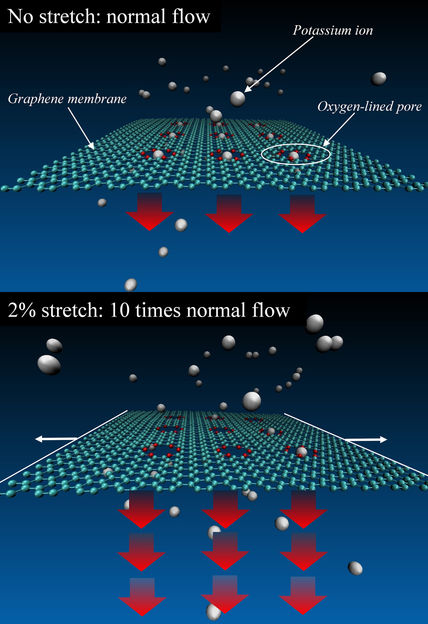Atomic Nano-Switches Emulate Human Memory
MANA scientists discover that inorganic synapses mimic the human brain.
Advertisement
In a breakthrough, researchers at the International Center for Materials Nanoarchitectonics (MANA) demonstrate for the first time the key features in the neuroscience and psychology of memory by a AgS2 synapse.
Artificial neural networks have attracted attention as a means to a better understanding of biological neural networks, as well as aiding developments in artificial intelligence. The complex and interconnected nature of thought processes make neural behavior difficult to reproduce in artificial structures without software programming. Now Takeo Ohno and researchers at the International Center for Materials Nanoarchitectonics (MANA), Tsukuba, Japan, and the University of California have mimicked synaptic activity with the electroionic behavior of a nanoscale AgS2 electrode.
The researchers observed a temporary higher-conductance state in the AgS2 system following an incident electric pulse. Repetition of the input pulse over 2 s intervals led to permanently higher conductance. These two responses mimic the short-term plasticity and long-term potentiality in biological synapses.
In the most widely accepted ‘multistore’ model of memory in human psychology, new information is stored briefly as a sensory memory. Rehearsal converts short-term memory to long-term. When demonstrating memorization of the numerals ‘1’ and ‘2’ in a 7 × 7 inorganic synapse array, the behaviour of the artificial synapse indicated ‘multistore’ memory rather than a conventional switch.
The researchers add, “The data indicate that we may apply a psychlogical memory model simultaneously with the emulation of biological synaptic-like behaviour.”
Original publication
Takeo Ohno, Tsuyoshi Hasegawa, Tohru Tsuruoka, Kazuya Terabe, James K. Gimzewski and Masakazu Aono; "Short-term plasticity and long-term potentiation mimicked in single inorganic synapses."; Nature Materials, 10, 591-595, (2011).
Original publication
Takeo Ohno, Tsuyoshi Hasegawa, Tohru Tsuruoka, Kazuya Terabe, James K. Gimzewski and Masakazu Aono; "Short-term plasticity and long-term potentiation mimicked in single inorganic synapses."; Nature Materials, 10, 591-595, (2011).
Organizations
Other news from the department science

Get the chemical industry in your inbox
By submitting this form you agree that LUMITOS AG will send you the newsletter(s) selected above by email. Your data will not be passed on to third parties. Your data will be stored and processed in accordance with our data protection regulations. LUMITOS may contact you by email for the purpose of advertising or market and opinion surveys. You can revoke your consent at any time without giving reasons to LUMITOS AG, Ernst-Augustin-Str. 2, 12489 Berlin, Germany or by e-mail at revoke@lumitos.com with effect for the future. In addition, each email contains a link to unsubscribe from the corresponding newsletter.
Most read news
More news from our other portals
Last viewed contents
Bose–Einstein_condensate
Rifabutin
Positron






















































